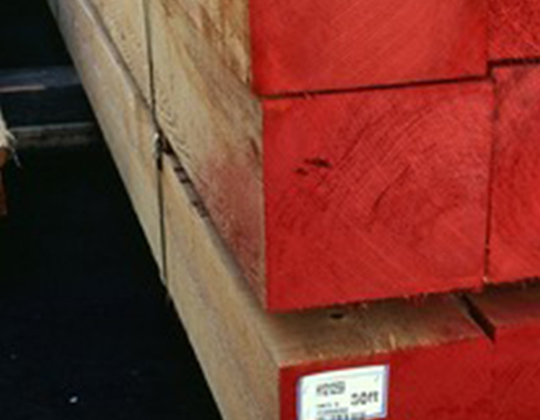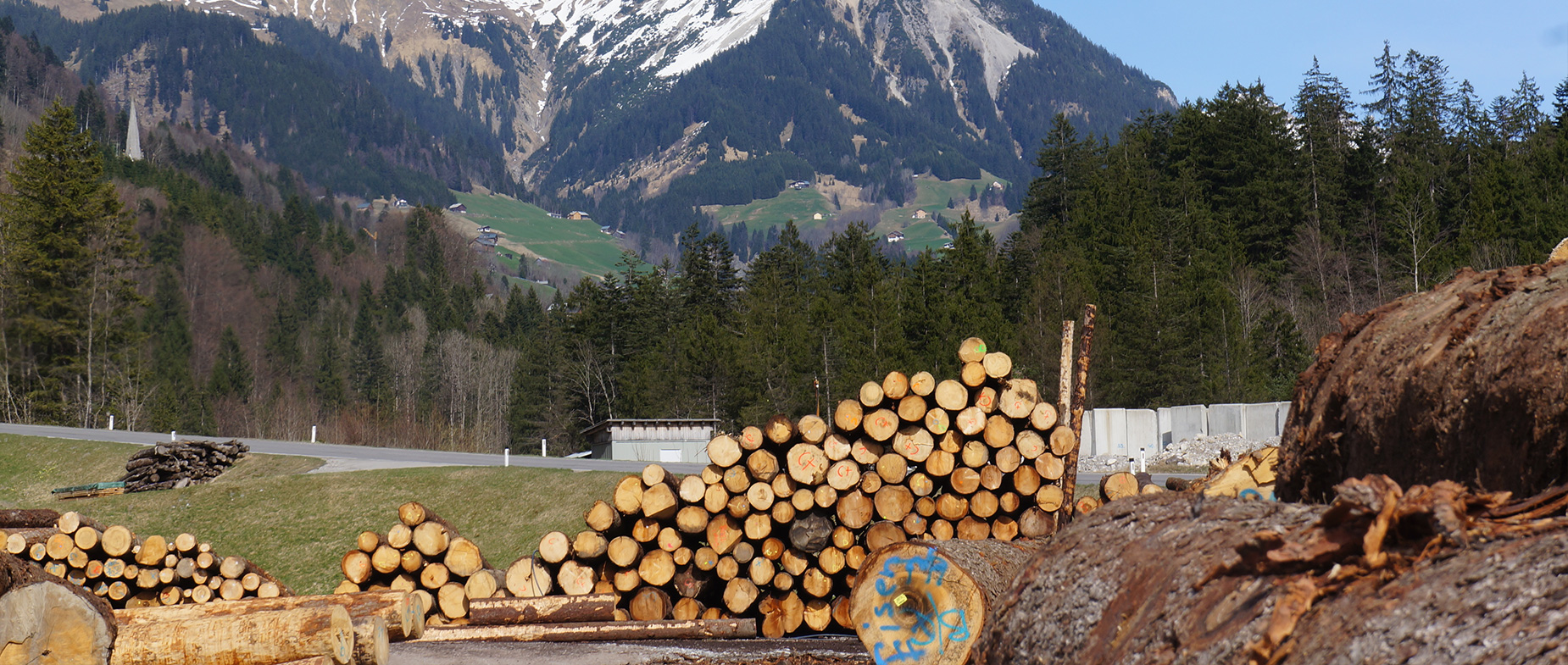
Tree species handled
White spruce
One of the most widely distributed species in North America. It is a light and soft material, but has a high strength to weight ratio and a smooth, beautiful surface after finishing, making it a favorite for a wide variety of applications. It has good workability, paintability and evenness, and is compatible with nailing and screwing. It is mostly used as a structural timber for 2×4 housing, although some building materials are also taken from clear timber.
Usage
Piano soundboards, window frames, plywood, pulpwood.
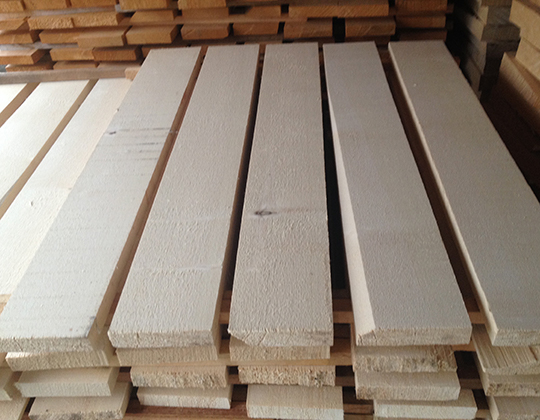
Sitka spruce
The wood has been used by the local people since ancient times. The characteristics of Sitka spruce are that it is a white wood with straight grain, which makes it possible to produce vertical, large-dimension timber, that it is light, soft and resilient, and that it has a fine grain, which makes it easy to work and beautifully finished.
Usage
The highest grade of Sitka spruce, with its dense grain and straight grain, is used for acoustic guitars and pianos.
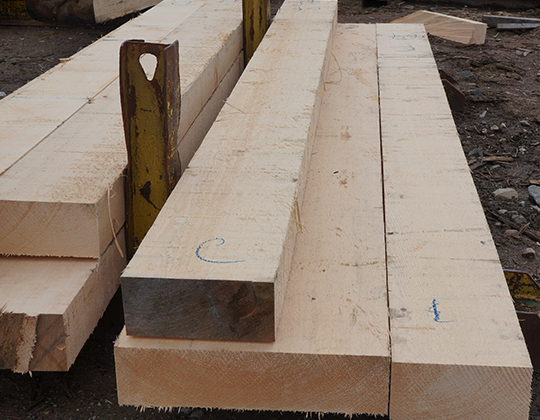
Douglas fir
It is also known as red fir, yellow fir and Oregon pine. Characterized by straight growth and very beautiful clear timber with no branching at all up to 20 m from the ground. It has the highest strength of all Canadian softwoods, with a very high bending height and shear strength, making it excellent for processing and durability, which is why Japan imports large quantities from the USA as a housing construction material.
Usage
It is widely used for building finishes, fittings, structural plywood, laminated timber, floorboards, staircase members, turning materials, window and door members, decorative panels, trusses, etc.
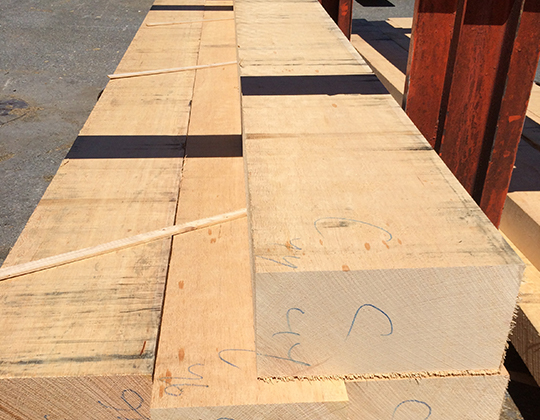
Yellow cedar
Yellow cedar is a coniferous tree of the cypress family widely found along the Pacific coast from southern Alaska to northern California and around Vancouver, Canada. In Japan, it is known as "Rice Hiba" because of its resemblance to Aomori Hiba, and is mainly used as an interior material for house foundations. It has a characteristic aroma similar to that of cypress and has excellent insect, water and decay resistance, and is highly regarded by construction workers and builders who are particular about the quality of the wood.
Usage
It is widely used as a general purpose timber for building materials, utility poles, piles, sleepers and other surfaces requiring durability.

Western Red Cedar
The tree is widely distributed along the Pacific coast from northern California to southeastern Alaska. It is also known as rice cedar because of its bright red and pink hues. The natural components in Western Red Cedar make it resistant to decay and insects, making it suitable for outdoor use as a building material, decking, etc. It is also very popular as a building material for interior applications due to its unique aroma, rich color, smooth texture and dimensional stability.
Usage
It is also resistant to decay and insect damage, and its light weight and workability make it ideal for decking and fencing materials for professionals and beginners alike.
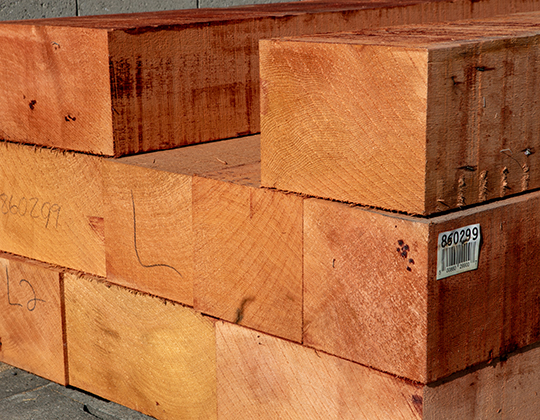
Western Hemlock
It is found on the Pacific coast of the North American continent from southern Alaska to the south-western part of the USA. It is a large tree, growing to a height of 60 m and a breast height diameter of 2 m. It is a popular building material for a wide range of uses as an alternative to expensive hardwoods. Its strength is comparable to that of Sitka spruce and it has a wide range of uses including construction timber, box timber, fittings and interior wood.
Usage
Western hemlock is mainly used as a material for house interiors and fittings, and is also used as a handle for tools, as it is slightly soft and feels good when held.
